
Research points to a very long list of benefits from exercise, from improving your overall health to easing stress and enhancing mental well-being. But a landmark study in the journal Circulation highlights a negative, yet specific, concern. While health factors like obesity and diabetes are known heart attack triggers, data from 12,500 people in 52 countries pointed to two other risk factors to be aware of: exercising at a very high level of physical exertion; and anger or emotional distress. Either can double the risk of a heart attack. And when combined, they’re even more dangerous, tripling the risk. So, while you might take a walk around the block to cool off when you’re angry, it’s not the time to bench press 300 pounds at the gym. Does this mean you should never challenge yourself with strenuous workouts? Not necessarily. For an external trigger such as exercise to bring on a heart attack, there probably needs to be an existing problem, like cholesterol build-up in your arteries, researchers explained. Regular activity is associated with heart benefits, according to the American College of Cardiology. The person who faces a risk from exercise is more likely to be someone out-of-shape who jumps into vigorous exertion suddenly. That’s a reminder that the best approach is to start slow, and increase duration and intensity at a slow yet steady… read on >










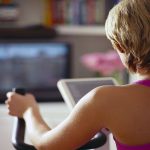
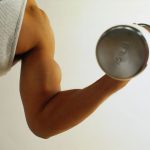
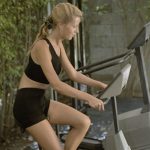
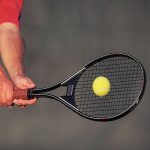

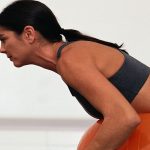












-300x200.jpg)







-300x169.jpg)
